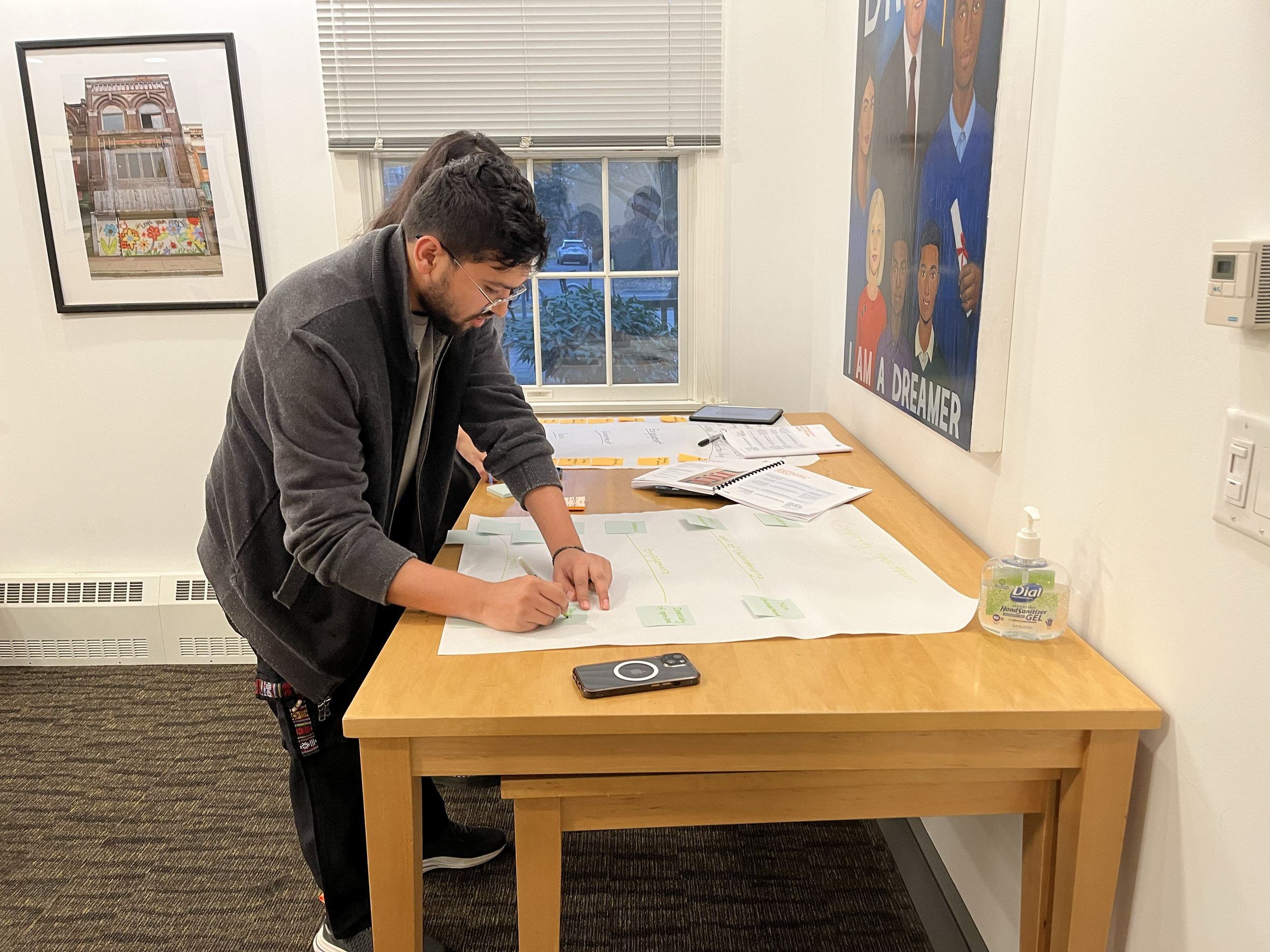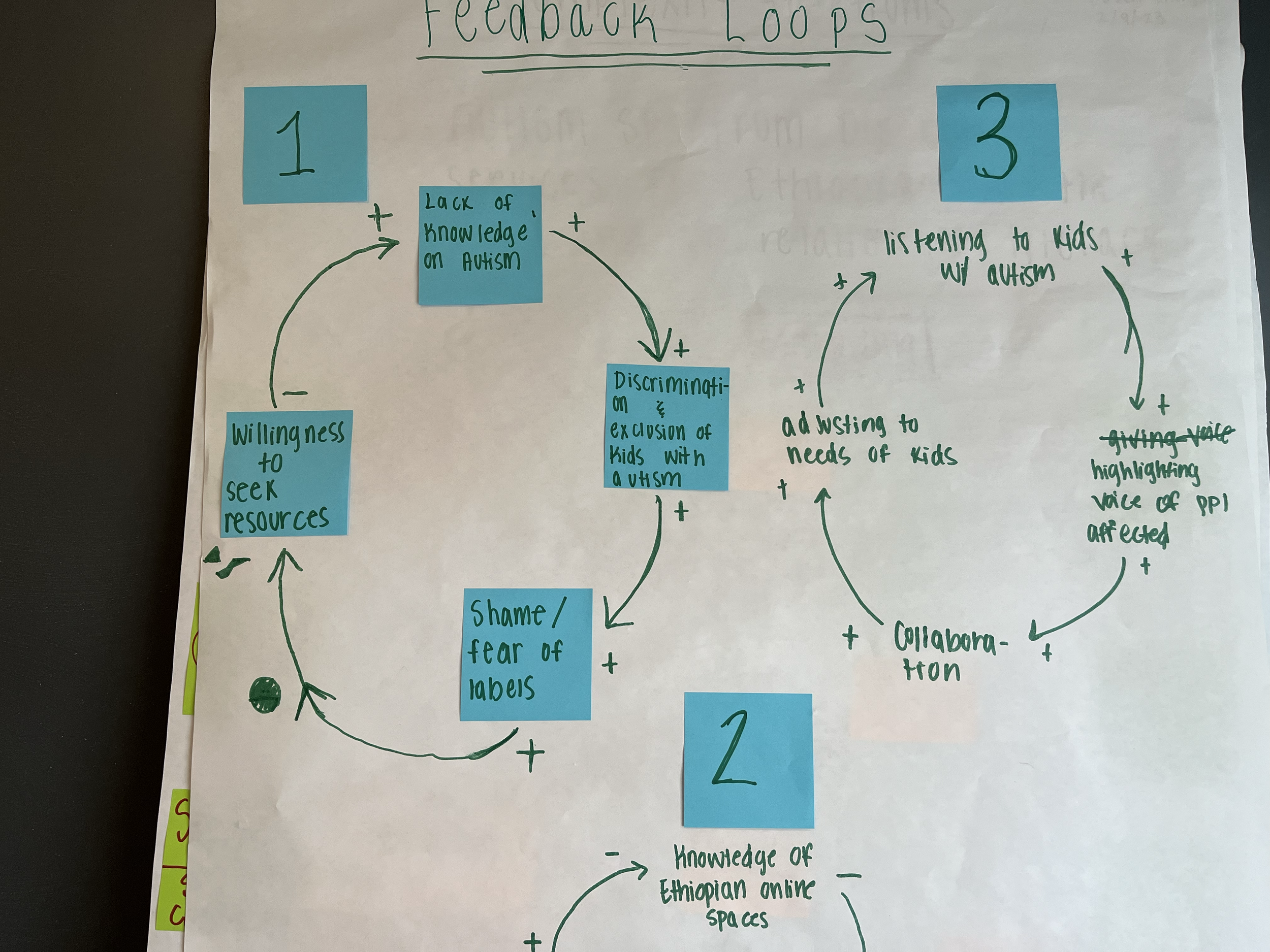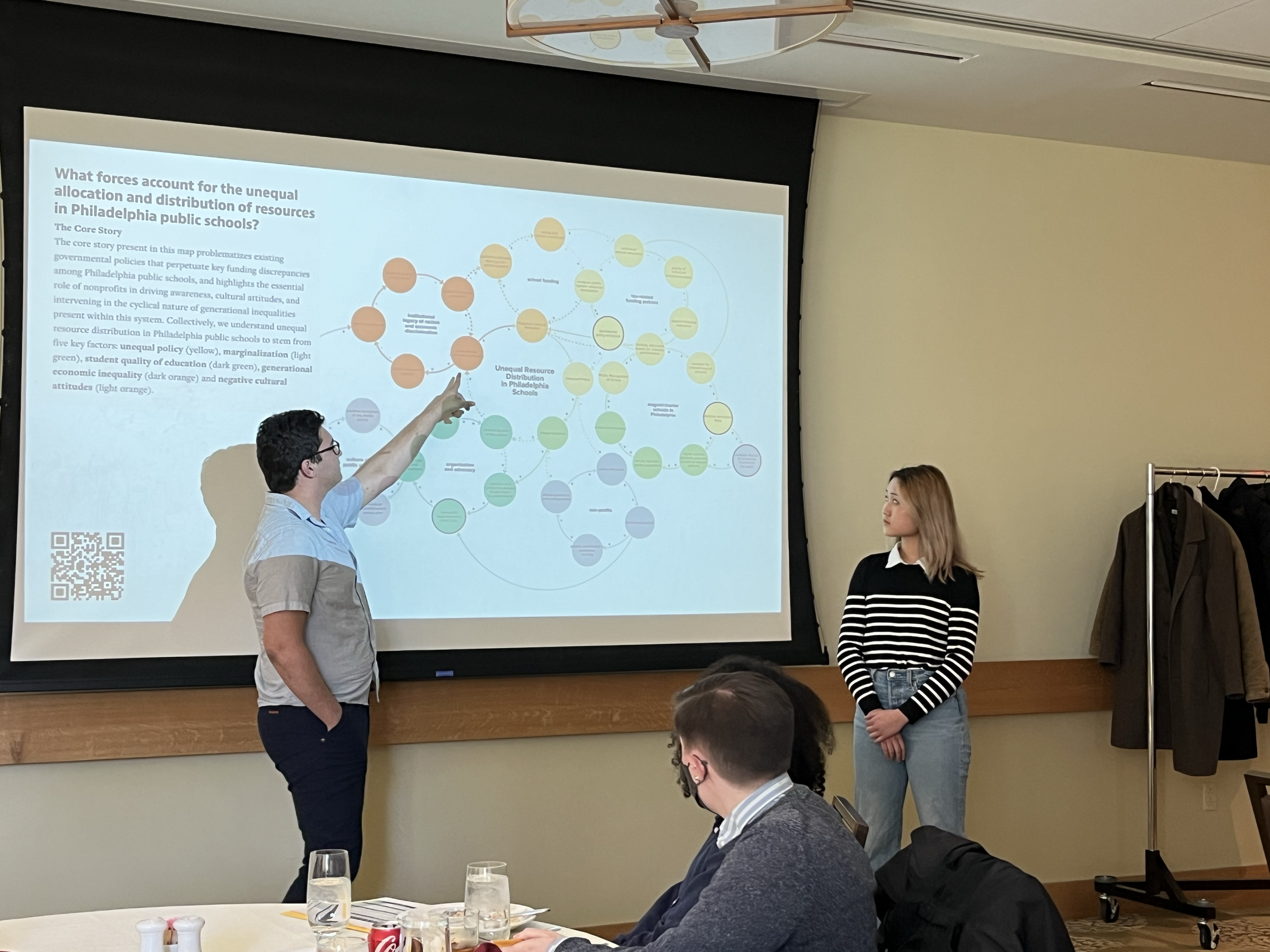Systems Thinking & Social Innovation
At Swarthmore, where I currently work, a part of my role is thinking about how to foster systems thinking mindset among young students interested in social impact.
I became aware of systems mindset as a term while working at Ashoka, which is known for its flagship “Ashoka Fellows” program. Ashoka actively looks for social entrepreneurs who focus on systems change, i.e., those working to improve the system that perpetuates these issues, rather than just providing short-term, band-aid solutions to pressing problems.
I think being able “zoom out” and observe and make sense of various elements in any system– and the relationship between them – from 30,000 feet level is a foundational skill. Real-world and the issues surrounding it are complex and interconnected. Without this way of looking at the system as a whole, understanding different system dynamics, and how various factors affect each other, it is tough to come up with a reliable solution to address any pressing social issue. These skill sets are also not domain-specific and easily applied across different industries.
Working in collaboration with Lang Center colleagues, we have now embedded various forms of systems thinking/analysis into our project-based grant programs. Systems thinking is also one of the learning outcomes we now focus on as a Center.
As a prerequisite, all project grant applicants conduct a thorough impact gaps analysis to understand the problem and solution landscapes of the issue they are looking at.
At the Social Innovation Lab, student positions are now available for students to spend a semester researching the problem and solution landscapes, as well as impact gaps analysis of issues they are passionate about. The goal is to encourage them to take stock of the current system before diving deep into the solutions model. The reports they produce are available for other students to use and reference.
All students shortlisted for project-based grants (ranging from $6k over the summer to $25k over three-year periods) are now required to go through a 4-week “Systems Thinking for Social Change” module that I teach every February.
In this module, students learn the basics of systems mapping: identifying factors affecting the system, upstream/downstream cause analysis, developing causal loop diagrams, and visually mapping the system using online tools.
See below for samples of student work produced at the end of the module and a story on Swarthmore’s website about their participation in Oxford’s Map the System global competition.





